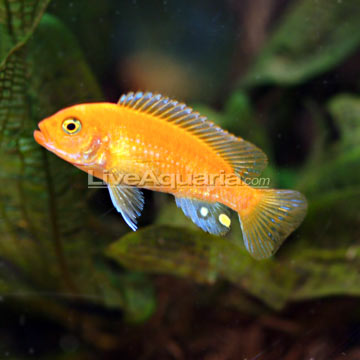

Like the other cichlids of this genus, they are best kept in a harem with one male to many females. The males are territorial over the areas they prefer and those who reach dominance in an aquarium will pick on subordinate males and behave territorially in general. OB males (so called "marmalade cats") are extremely rare in the wild.Įarly exporters often selected the red females for the aquarium trade and used O-morph males to create a strain of orange-red males, making it the most commonly found variant from breeders and fish keepers. O morph males (found only at Minos Reef) are white-pink colored with a tint of blue in the fins.

However, red-orange females (O morph) as well as blotched females (OB morph) can be found in certain localities. The normal color of wild females is beige to brown while males are typically bright blue. Specifically, this species of freshwater tropical fish can be found along the eastern coast of the lake from Chilucha Reef near Metangula to Narungu.įemales can grow up to 10 cm (4 in) while males will grow up to 12.7 cm (5.0 in).ĭespite their "red zebra" name, this species is polymorphic and can be found with different colors. Maylandia estherae is endemic to Lake Malawi. The specific name of this fish honours Esther Grant, the wife of the cichlid exporter Stuart M. Most ichthyological taxonomists place the species in Maylandia, though Ad Konings and thus much of the aquarium-related literature use Metriaclima instead. The genus name for this fish was once Pseudotropheus but that name is now restricted to different fish. This fish, like most cichlids from Lake Malawi, is a mouthbrooder - females hold their fertilized eggs then fry in their mouths until they are released after about 21 days. It is a rock dwelling fish or mbuna from Lake Malawi. Maylandia estherae (the Red Zebra mbuna, Red Zebra Cichlid, or Esther Grant's Zebra) is a haplochromine cichlid.


 0 kommentar(er)
0 kommentar(er)
